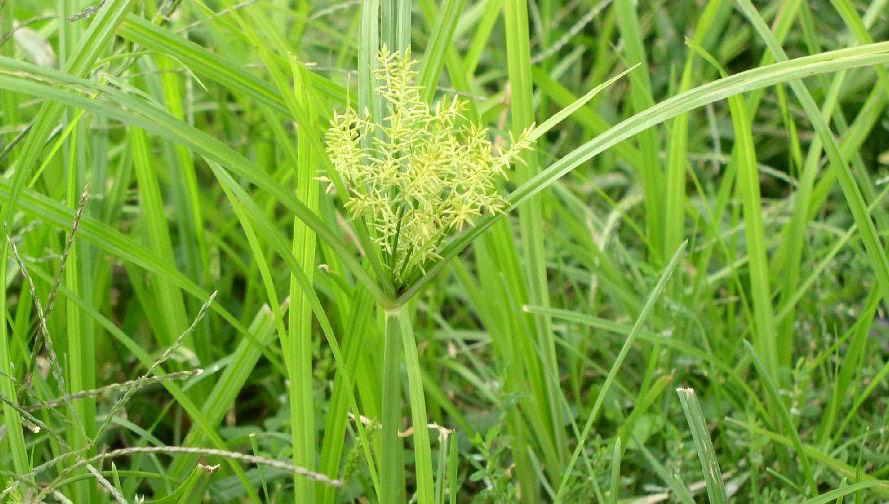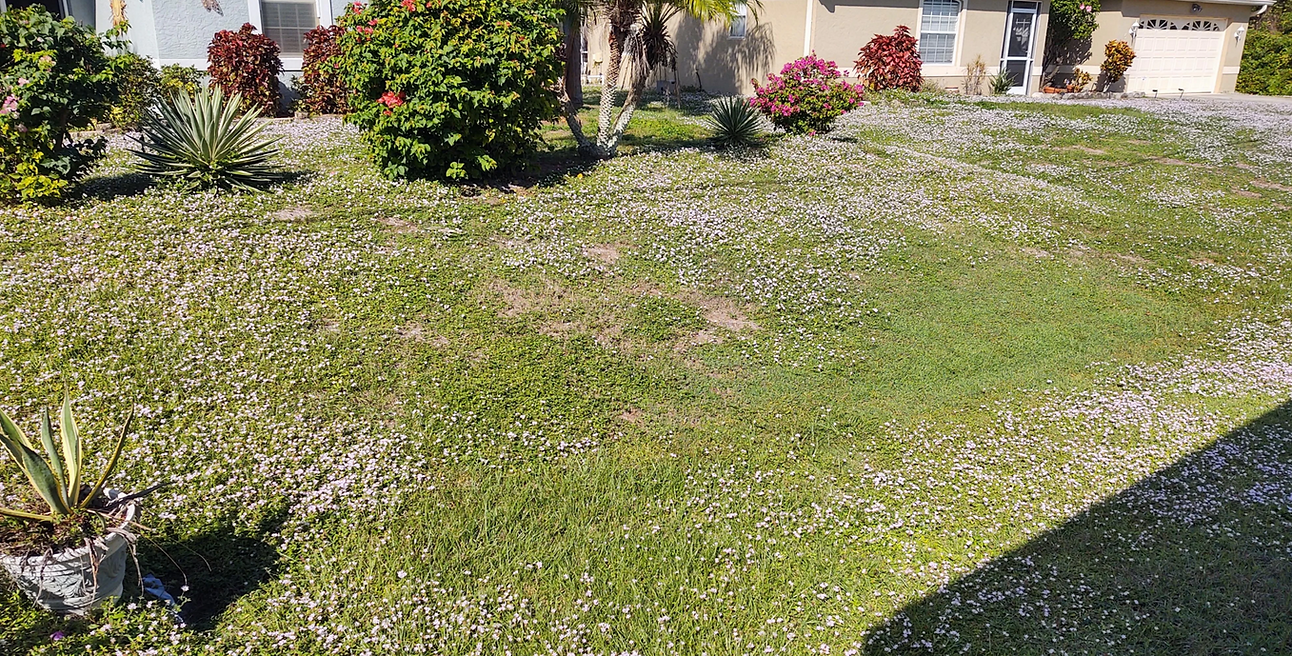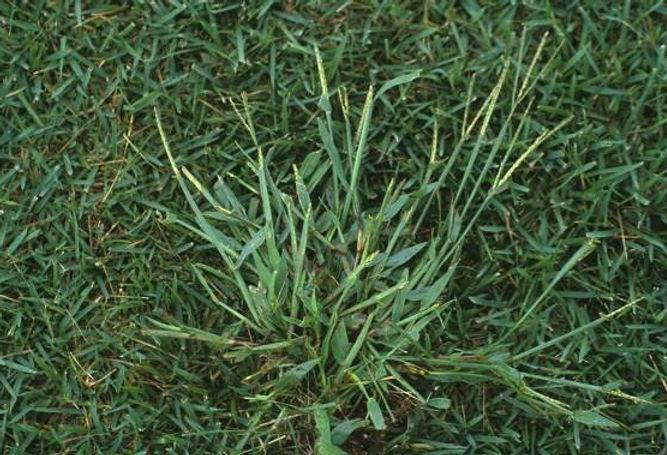Florida's climate's warmth and high humidity levels promote the growth of numerous
weeds here. Weed control is often a struggle and can result in many headaches for
homeowners as they battle for a clear lawn. Due to the mild winters of the Treasure and Space
Coast weeds here grow year-round, requiring an effective plan to protect your lawn from overrun.
Common Floridian Weeds
Knowing what kind of weeds you are dealing with can help give you the upper hand when
treating them. Here, we will cover the basics of the three main categories of weeds: Sedges,
Broadleaves and Grasses (and how to help prevent them from sprouting up first).
Sedges
Sedges are weeds with triangular-like stems that are pretty thick and solid. The stems on sedges
are tall and flower at the very top of the stem. Sedges are generally considered
one of the most harmful weeds and can be highly invasive. The most prevalent
sedge species in Florida are the yellow nutsedge and purple nutsedge. They prefer a damp
habitat to thrive in.

Common areas for sedges to pop up are high foot traffic areas and areas consistently
wet in your lawn. Evaluating and fixing any moisture problems in your lawn and watering
schedule is the first step towards killing these weeds.
Broadleaves
Broadleaves are the most easily distinguishable weeds between the three categories. Whereas
the other types appear more grasslike, broad leaves have large, round leaves that set them
apart visually. Broadleaves have two seed leaves when the weed is germinating. These leaves
have veins running throughout. Broadleaf weeds also typically have flashy flowers that
bloom. A few common types of these weeds in Florida are Florida pusley, beggarweed, ground
ivy, clover, plantain, dandelions, and chickweed.

Grasses
Grassy weeds have bladelike leaves attached to hollow stems. They only have one seed leaf
when growing out of the soil, as opposed to the two seed leaves broadleaves have. Grasses
have nodes, so they appear jointed.

One of the most common examples of a grassy weed in our
area is crabgrass, which can be very hard to control once it sprouts. Other
grassy weeds common to Florida are torpedograss, annual bluegrass, bullgrass, and
alexandergrass.
Effective Weed Prevention
Once you have weeds in your lawn, they can be a real pain to get rid of. That's why it's
important to practice preventative weed control as a maintenance measure before weeds can
crop up in your yard in the first place. Effective weed control requires a timely and deliberate
plan of action. Thankfully, February is the perfect month to take action and
implement a game plan to keep weeds out of your lawn. The University of Florida recommends
applying preemergence herbicides in central Florida areas about February 15th each year.
Preemergence herbicides are the foundation of any effective preventative weed regimen. They
are applied to the lawn before the weeds' seed germination, making it difficult for
weeds to grow in the first place.
Ask your lawn technician or contact our office about adding a preemergence herbicide to your
lawn service this month to start your weed prevention. Already have weeds and want to get in
control of them? No worries, ask us about our postemergence herbicides and weed control! You
can contact our office at 772-589-0204 or info@sandpiperpestcontrol.com.

